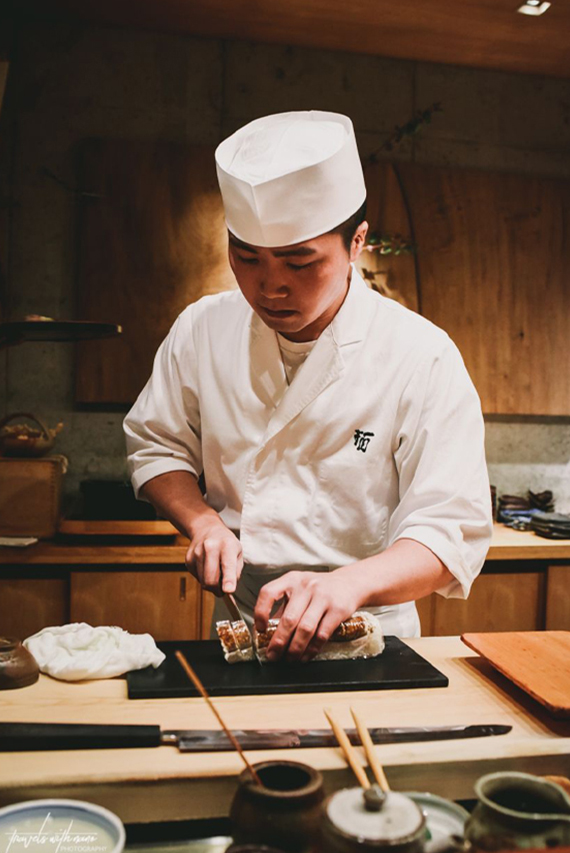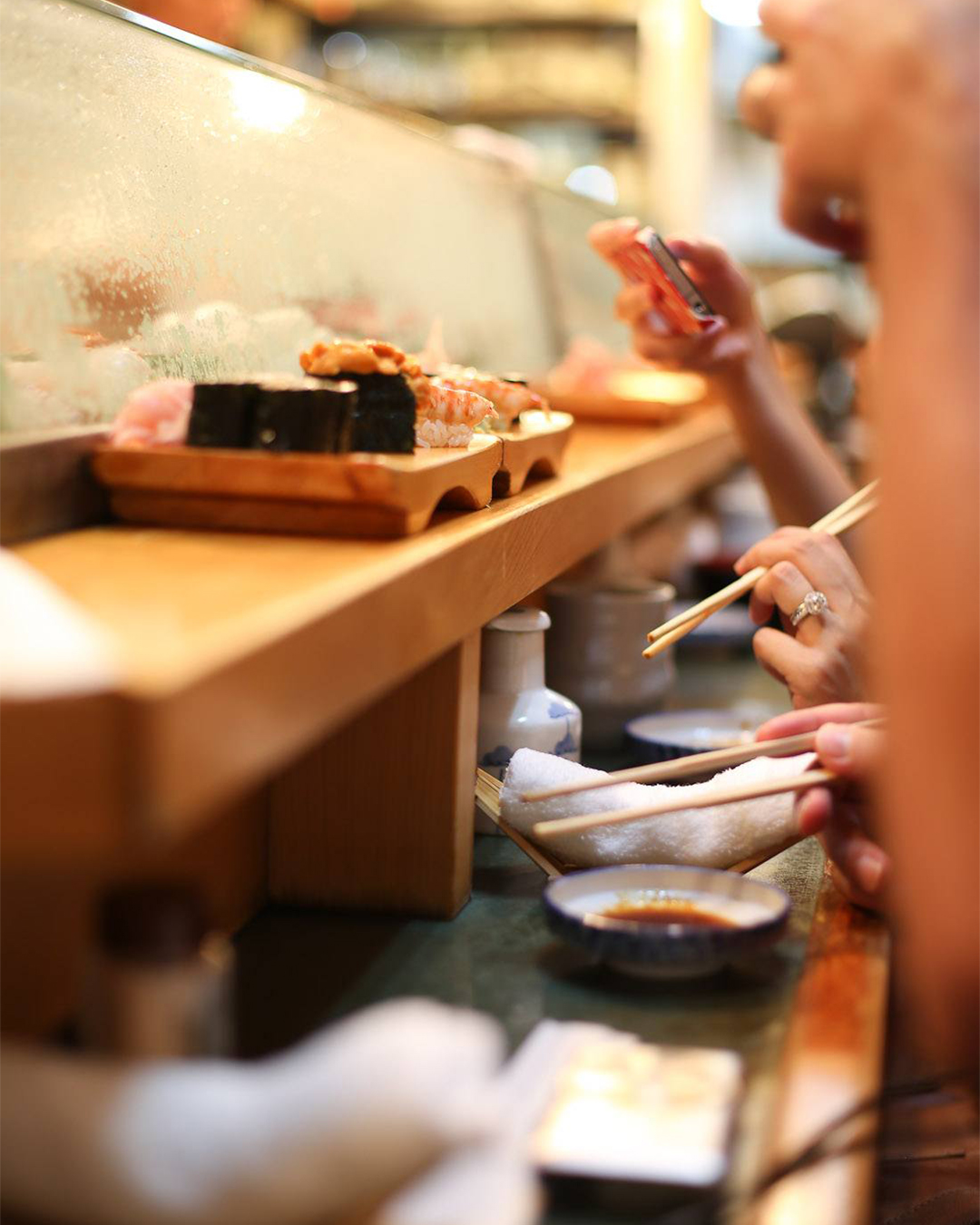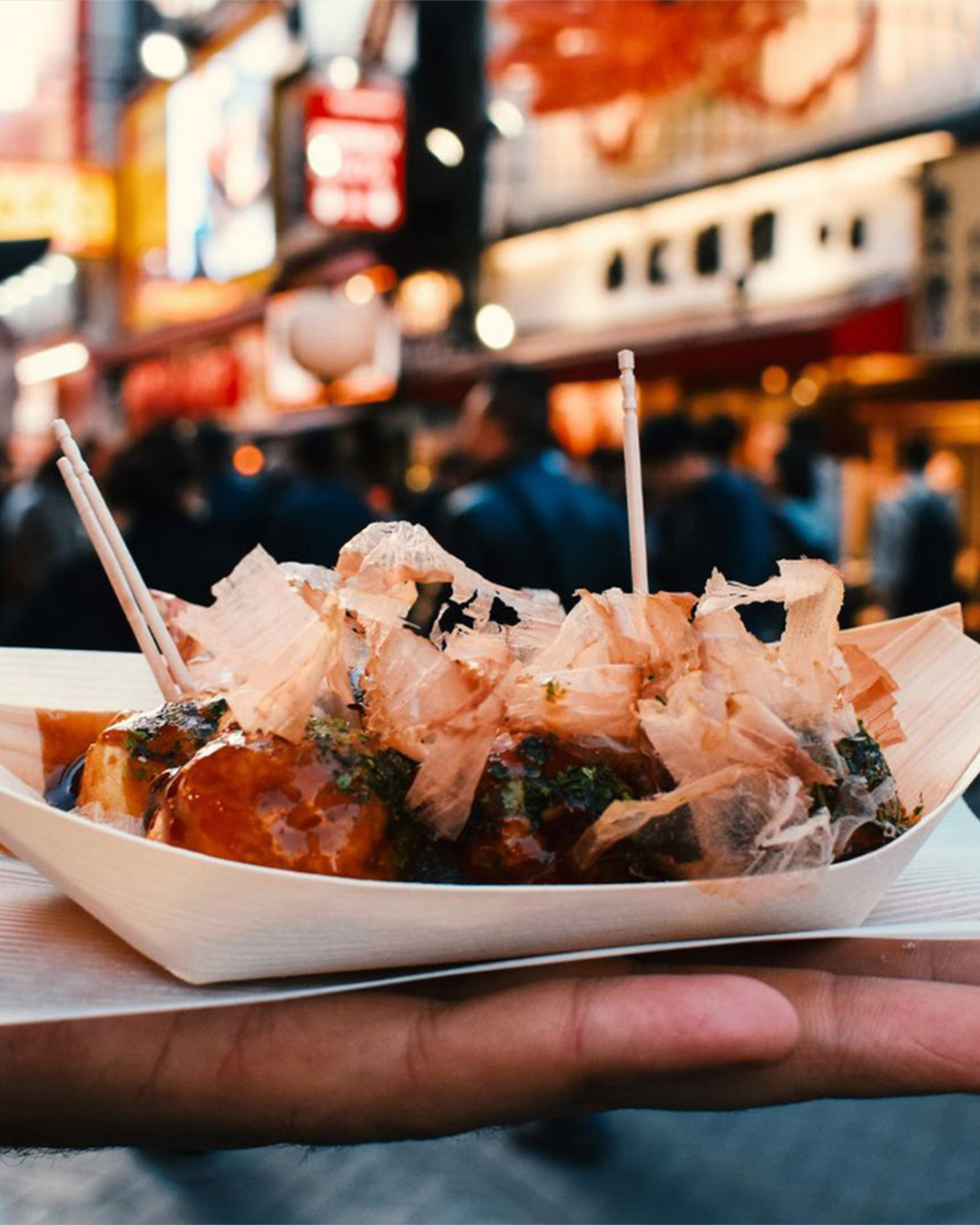Modern gastronomy

Modern Japanese cuisine is a fascinating fusion of ancient traditions and contemporary innovations, reflecting the constant evolution of gastronomy in Japan. This culinary style embraces techniques and ingredients from around the world, while respecting and preserving the foundations of Japanese cuisine. The result is a dining experience that is both familiar and surprisingly new.
One of the main drivers of modern Japanese cuisine is the global influence and willingness of Japanese chefs to experiment. Prestigious restaurants such as Narisawa and Den in Tokyo exemplify this approach. The chefs at these establishments combine traditional Japanese ingredients with Western culinary techniques, creating dishes that defy convention and delight palates. Kaiseki cuisine, for example, has been reinterpreted to incorporate international flavors and contemporary presentations, resulting in tasting menus that are true sensory journeys.
Sushi has also undergone a transformation in the modern scene. While the tradition of preparing and serving sushi remains respected, innovative chefs have experimented with new ingredients and presentation techniques. Fusion sushi, which can include unexpected ingredients like foie gras, truffles or exotic fruits, has become a popular trend, especially in cosmopolitan cities like Tokyo and Osaka.

Traditional gastronomy
Traditional Japanese cuisine, known as washoku, is a celebration of simplicity, seasonality and balance. This culinary style, inscribed on UNESCO's Intangible Cultural Heritage list, reflects a deep connection with nature and a harmonious approach to food. Each meal is carefully prepared to highlight the natural flavors of the ingredients, maintaining a balance between colors, flavors and textures.
One of the most emblematic dishes of Japanese cuisine is sushi, which emerged during the Edo period (1603-1868). Sushi traditionally consists of rice seasoned with vinegar (shari) combined with raw fish or seafood (neta), creating a delicate combination of flavors. Popular varieties include nigiri (raw fish on a rice ball), sashimi (thin slices of raw fish) and maki (sushi rolls). The attention to detail in the preparation of sushi, from the selection of ingredients to the final presentation, is an expression of the Japanese philosophy of excellence and precision.
Another central element of Japanese cuisine is miso soup, a staple served at virtually every meal. Made with dashi broth (based on seaweed and fish), fermented miso paste and ingredients such as tofu, seaweed and scallions, miso soup is known for its nutritious properties and comforting taste.
Nabemono, or hot pot dishes, are popular during the colder months. These dishes include sukiyaki and shabu-shabu, where ingredients are cooked in hot broth at the table. This way of cooking not only warms the body, but also promotes coexistence and social interaction, as all participants share the same dish.
Japanese cuisine is also rich in side dishes, known as okazu. These include items such as pickles (tsukemono), seaweed salads (wakame), and small portions of vegetables and proteins, which are served to complement the rice and soup, creating a balanced and nutritious meal.





